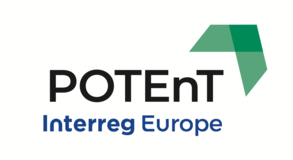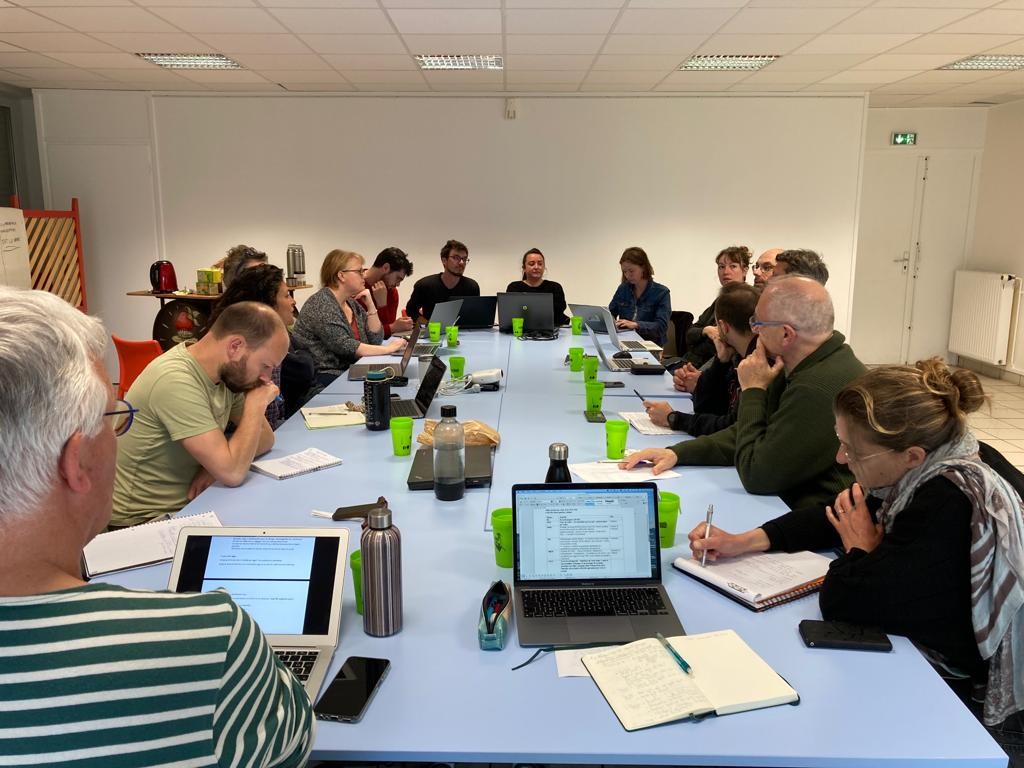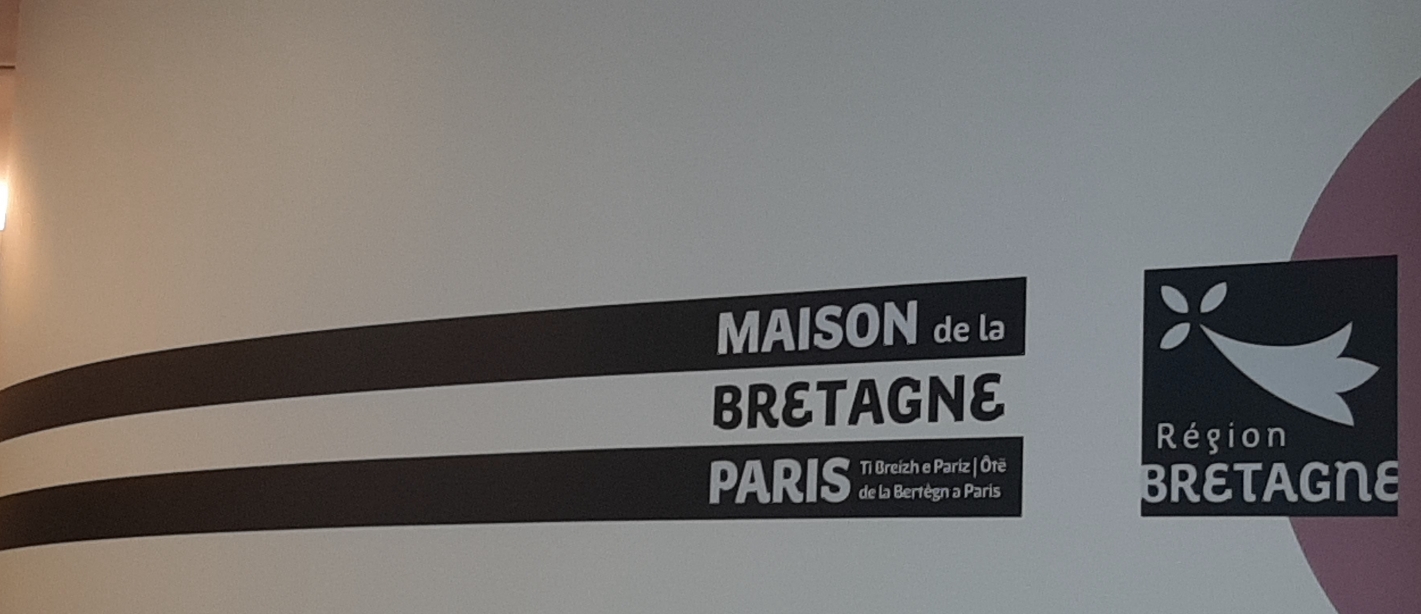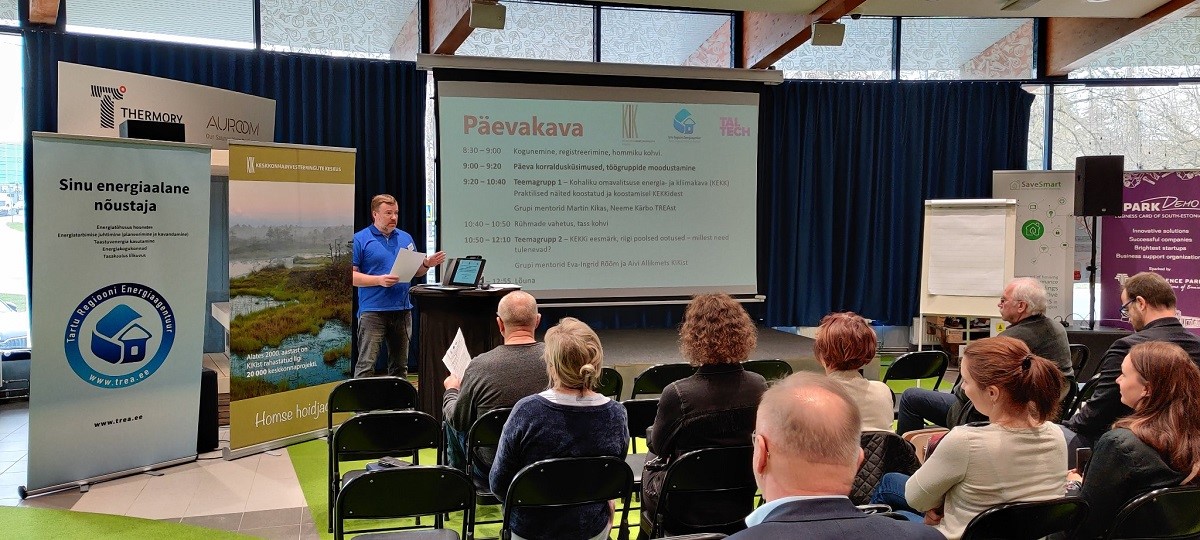Community involvement, co-creation and behavioural change. Key concepts for the energy transition and carbon neutrality. On 21 June, ALOEN hosted the city of Parma, its stakeholders, and the Southeast Sweden Energy Agency ESS (VEAB) to present the Innovative Energy Loop (Bien Là). It is a project co-financed by the region of Brittany and Lorient Agglomeration showing the critical impact of a long-term facilitation strategy on the energy transition.

What is an energy Loop?
The notion of energy loop does not refer to the electricity or heating grid this time. In fact, it indicates the network of territorial actors such as associations, companies and institutions that have the ambition to facilitate and promote new projects related to energy transition. In 2013, ALOEN participated in a regional call for the Brittany region to create an energy network and involved Lorient Agglomeration. In this way, the three stakeholders have started a partnership that lasted three years. The focus of Bien là was on three pillars: rational use of energy (energy sufficiency), efficiency, and renewables.
The energy loop involved many stakeholders through thematic workshops, conferences, and many action groups on specific issues such as clean mobility, PV installation, and much more. Citizens, regional authorities, businesses, representatives from ADEME (the French National Agency for Ecological Transition), took part in the project to network and generate proposals, projects, and investments. A technical committee composed of the energy and environment department of Lorient Agglomeration, the board of directors of ALOEN planned the facilitation strategy by identifying several lines of action. A steering committee made of representatives of ADEME, associations, and regional authorities evaluated the various ideas and prioritized them.
Outputs
In three years, many studies and investments come out from the Innovative Energy Loop. For example, a software for energy data management, a study on the profitability of photovoltaic self-consumption, or a solidarity workshop on cycling. In addition, this loop gave birth to a citizens' renewable energy company (OnCIMè), an energy observatory and many other projects.

Fascinated by this action, participants raised many questions trying to figure out how to maximize the effects of facilitation and the time scope of the results. Do not be hurry, it might take a long time. According to the ALOEN’s experience, social changes lead by networks and facilitation took between 3 to 8 years to manifest themselves in new projects and partnerships. Here is a precious tip: make sure to put enough energy into gamification techniques to involve actively stakeholders in the co-design process.
Multi-level governance approach
It is true that the potential of a bottom-up approach is progressively shifting at the centre of the EU decision-making process. This paradigm implies that proposals, projects, and ideas come not only from the higher institutional level such as national states or international institutions, but also from a lower level such as local authorities, associations, and communities. This is an example of inverted governance, or, officially, multilevel governance. The Innovative Energy Loop is thus a perfect example of a bottom-up approach in which, after years of facilitation and mediation, long and stable relationships have been built between key stakeholders in the energy sector. As a result, Lorient Agglomeration became a proactive territory catalyzing projects on energy transition. Bien Là showed how strategic facilitation can generate a virtuous circle, incubating innovative ideas and proposals.







